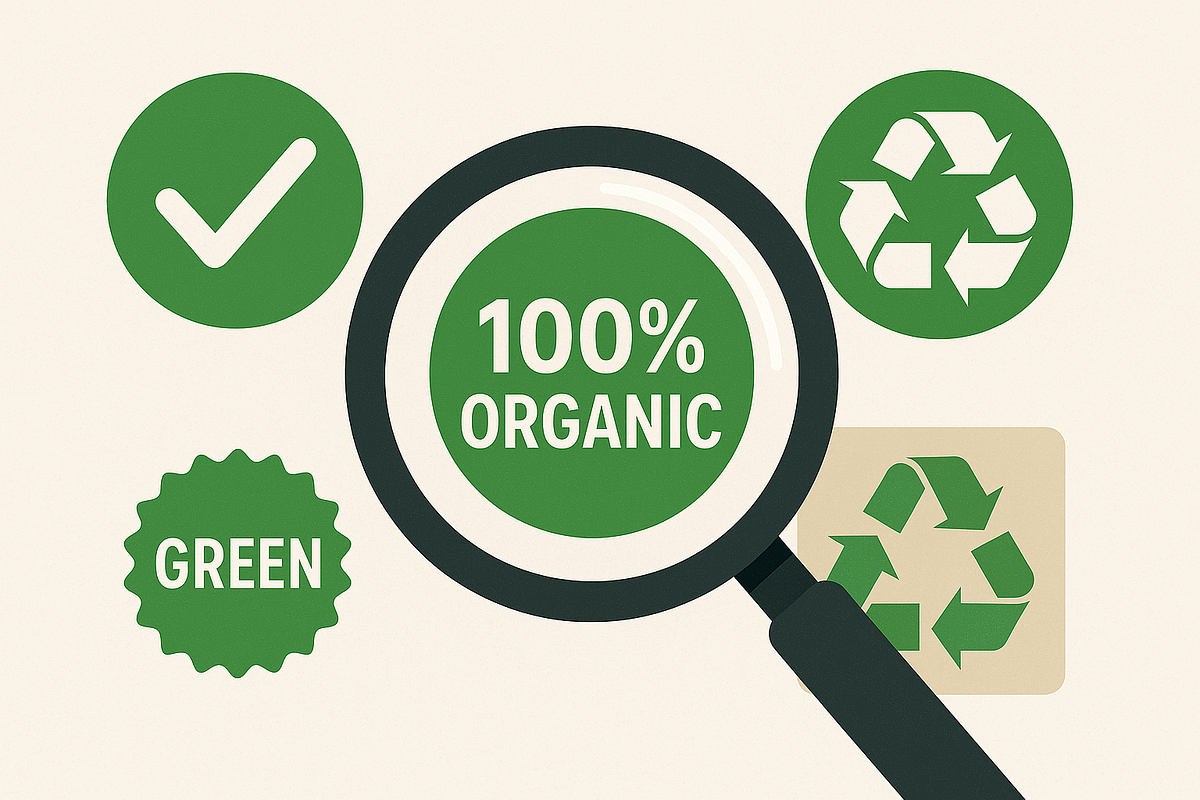Summary
How AI-powered scans quantify eco-labels, uncover greenwashing, and help brands deliver real sustainability proof for compliance and stakeholder trust.
Source: medium.com

AI News Q&A (Free Content)
Q1: What is the role of eco-labels in promoting sustainability among consumers?
A1: Eco-labels serve as a sustainability measurement tool for consumers, helping them make environmentally conscious decisions when purchasing products. They indicate compliance with sustainability practices and standards, and can cover aspects such as pollution reduction, energy consumption, and resource extraction impacts. According to the Ecolabel Index, there are currently 457 eco-labels in 199 countries, spanning 25 industry sectors.
Q2: How can AI-powered scans contribute to identifying greenwashing in corporate practices?
A2: AI-powered scans can help detect greenwashing by analyzing corporate communications and identifying misleading claims about environmental impacts. Techniques such as natural language processing can be used to evaluate sustainability reports and other documents, pinpointing discrepancies between stated and actual environmental practices. This technology aids in transparency and accountability, ensuring that companies genuinely adhere to sustainability standards.
Q3: What trends have been observed in the development of eco-labeling programs globally?
A3: There has been a significant increase in the number of eco-labeling programs worldwide. This includes a rise in both the diversity of different programs and the emergence of umbrella labeling efforts. Currently, there are around 264 active sustainability standards across 194 countries and 15 sectors, reflecting a growing consumer and regulatory demand for environmentally responsible products.
Q4: What are the challenges and proposed solutions for achieving sustainable AI?
A4: Sustainable AI faces challenges related to climate awareness and social sustainability, such as equitable access to AI development resources. Proposed solutions include the Climate and Resource Aware Machine Learning (CARAML) framework, which addresses these issues by recommending actions at individual, community, and global levels, fostering broader access to AI infrastructure while minimizing environmental costs.
Q5: How does the detection of corporate greenwashing benefit from advancements in natural language processing?
A5: Advancements in natural language processing (NLP) enhance greenwashing detection by providing tools to analyze corporate texts and communications. NLP can identify patterns and discrepancies in how companies present their environmental practices versus their actual practices. This helps hold corporations accountable and encourages genuine sustainability efforts.
Q6: What impact does religious adherence have on corporate greenwashing behavior?
A6: Research indicates that higher levels of religious adherence in a region correlate with reduced corporate greenwashing. This is attributed to the influence of religious norms promoting ethical behavior and risk aversion, which discourages companies from engaging in misleading environmental practices.
Q7: What future research directions are suggested for improving greenwashing detection technologies?
A7: Future research in greenwashing detection technologies might focus on refining language models like ClimateBERT to improve accuracy and effectiveness. Researchers are encouraged to explore broader datasets and develop more sophisticated algorithms to enhance the detection and quantification of greenwashing risks in corporate communications.
References:
- Ecolabel - https://en.wikipedia.org/wiki/Ecolabel
- Artificial intelligence for Sustainable Energy: A Contextual Topic Modeling and Content Analysis - https://arxiv.org/abs/2110.00209
- Corporate Greenwashing Detection in Text -- a Survey - https://arxiv.org/abs/2502.01111
- Leveraging Language Models to Detect Greenwashing - https://arxiv.org/abs/2411.11224
- Climate And Resource Awareness is Imperative to Achieving Sustainable AI (and Preventing a Global AI Arms Race) - https://arxiv.org/abs/2502.02727
- Does religiosity influence corporate greenwashing behavior? - https://arxiv.org/abs/2312.11222




